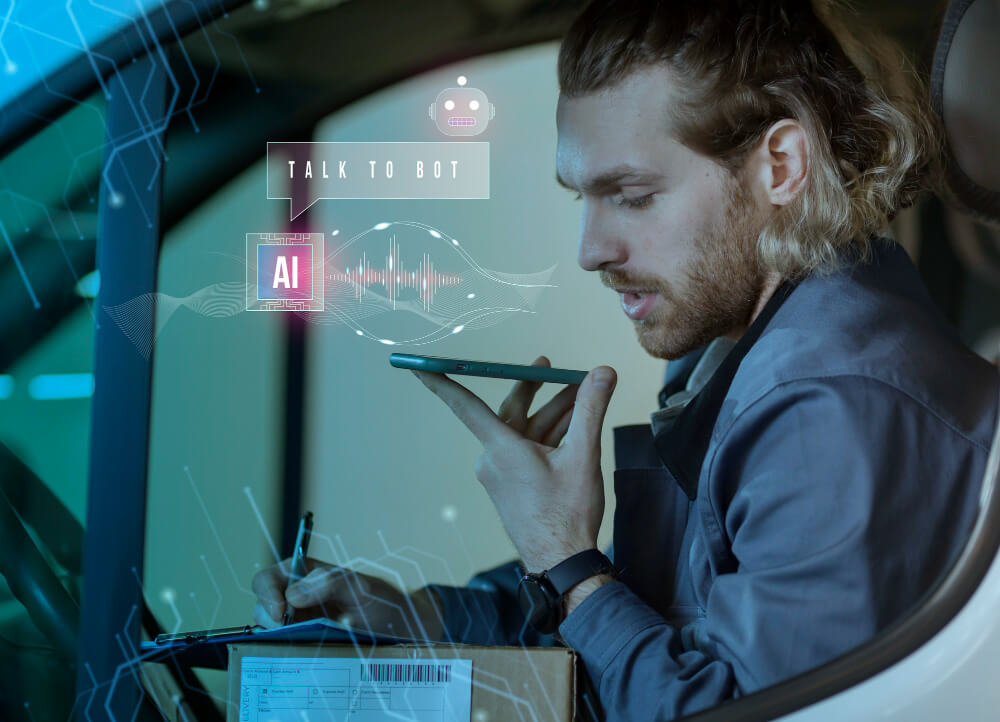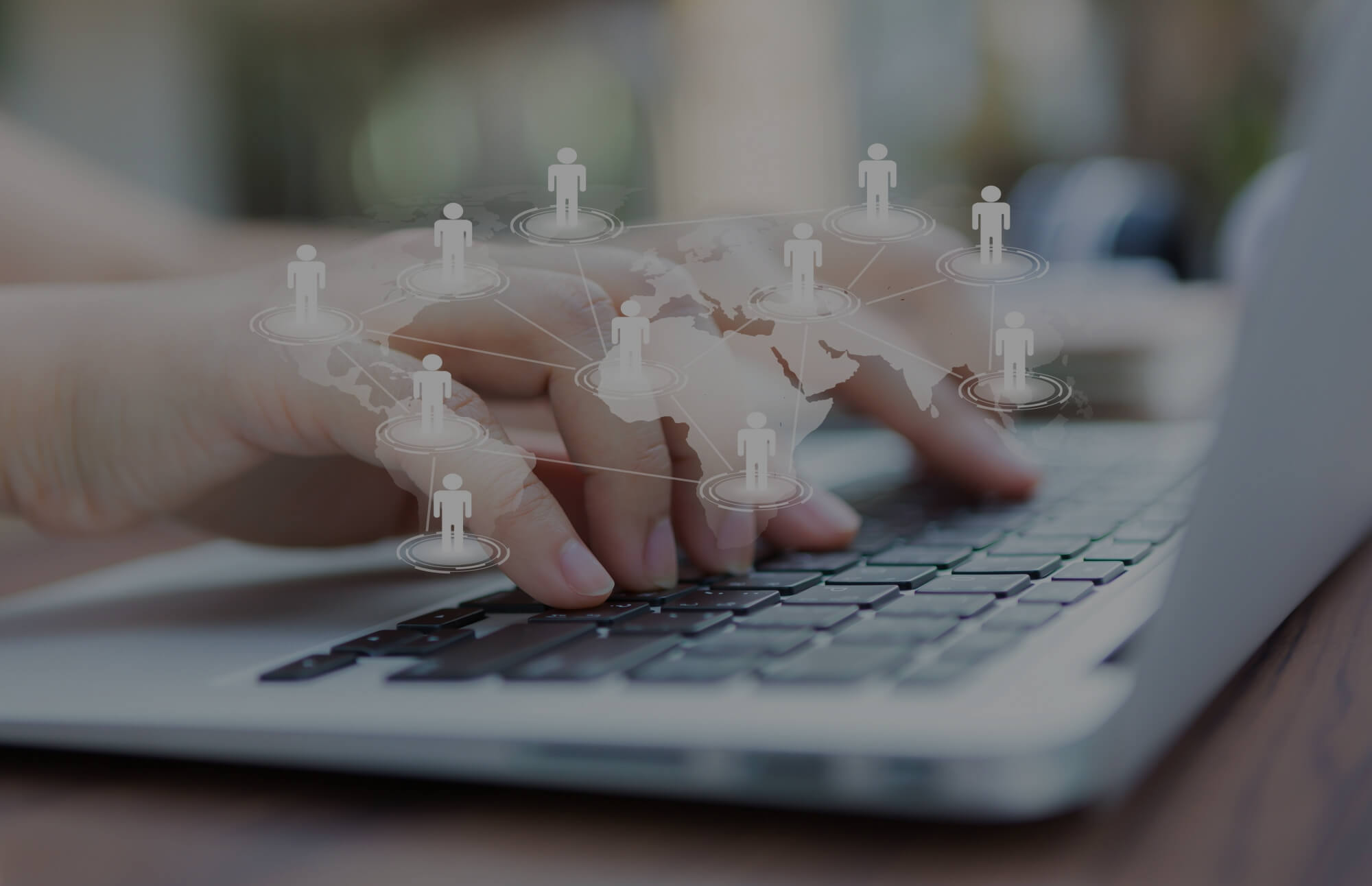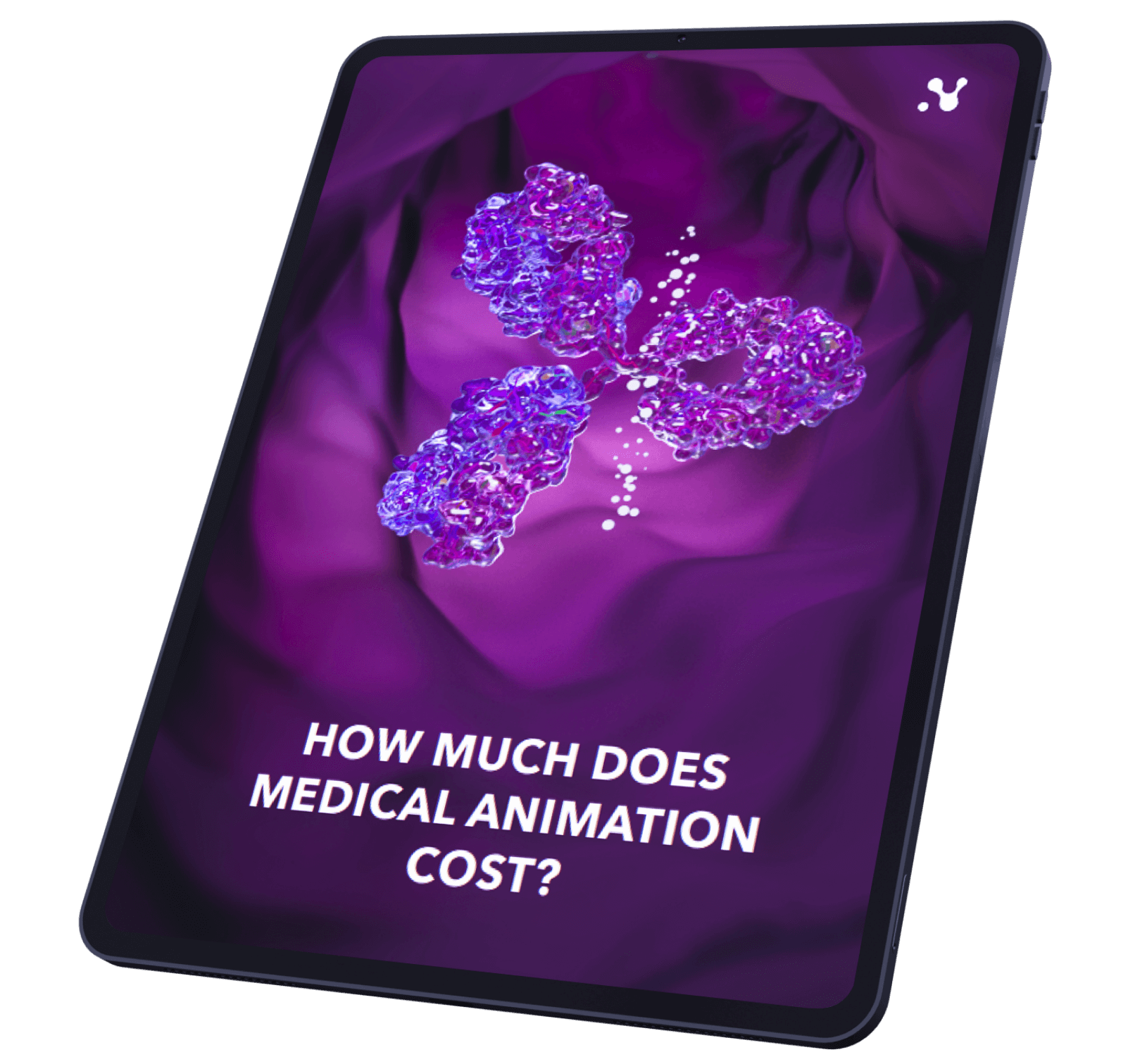In the ever-evolving landscape of social media platforms, innovation has become the cornerstone of success. The continuous quest for enhancing user experience, engaging content, and effective marketing strategies has led to the integration of artificial intelligence (AI) into various facets of these platforms. LinkedIn, the professional networking giant, has taken a significant stride in this direction by introducing AI-powered tools for crafting ad copies. This move not only demonstrates the platform’s commitment to staying at the forefront of technological advancements but also highlights the potential revolution in the way businesses approach advertising on social media.
The Power of AI in Advertising
Artificial intelligence has demonstrated its transformative potential across industries, and advertising is no exception. AI-powered tools can analyze vast amounts of data, identify patterns, and generate content that resonates with specific audiences. This technology can take advertising from a generic, one-size-fits-all approach to a highly personalized and targeted strategy.
AI can be harnessed to understand consumer behaviors, preferences, and interests, enabling advertisers to create ad copies that speak directly to the intended recipients. By utilizing machine learning algorithms, AI can process user interactions, discern the content that garners the most engagement, and craft ad copies that replicate successful patterns. This translates to higher click-through rates, better conversion rates, and an overall improved ROI for businesses.

LinkedIn’s Leap into AI-Powered Advertising
LinkedIn, recognized as the premier platform for professional networking, is capitalizing on the potential of AI to transform its advertising landscape. With millions of professionals and businesses utilizing the platform, the introduction of AI-powered ad copy tools can revolutionize the way advertisements are created, targeted, and delivered.
Traditionally, crafting compelling ad copies involved extensive market research, A/B testing, and manual iterations. This not only consumed a considerable amount of time but also lacked the precision that AI offers. LinkedIn’s integration of AI enables advertisers to harness the power of machine learning to analyze user data, identify trends, and generate ad copies that align with the preferences of specific audiences.
By leveraging AI, advertisers on LinkedIn can benefit from:
1. Enhanced Personalization
AI-powered ad copy tools allow advertisers to tailor their content to match the unique attributes of their target audience. This personalization enhances the relevance of ads, increasing the likelihood of engagement and conversions.
2. Efficient Iteration
AI enables the rapid iteration and testing of ad copies. This means advertisers can quickly fine-tune their content based on real-time performance data, leading to more effective campaigns.
3. Data-Driven Insights
The AI algorithms can provide insights into the preferences and behaviors of the LinkedIn audience, enabling advertisers to make informed decisions about their campaigns.
4. Time and Resource Savings
The automation offered by AI reduces the manual effort required in creating and optimizing ad copies, allowing marketers to allocate their time and resources more strategically.
5. Improved ROI
With targeted and engaging ad copies, businesses are likely to see an improved return on investment as their campaigns resonate with the right audience segments.

Addressing Challenges and Concerns
As with any technological advancement, the integration of AI into advertising comes with its set of challenges and concerns. Some of these include:
1. Ethical Considerations
The use of AI to create highly personalized content raises questions about the ethical boundaries of data utilization and user privacy. Striking the right balance between personalization and the invasion of privacy remains a critical challenge.
2. Algorithmic Bias
AI algorithms are only as good as the data they are trained on. If the training data is biased, it can lead to biased ad copies that reinforce stereotypes or exclude certain groups. Addressing algorithmic bias is essential to ensure fairness and inclusivity.
3. Human Touch
While AI can generate ad copies efficiently, it may lack the emotional and creative elements that human touch can provide. Finding the balance between automated content creation and human creativity is vital.
4. User Experience
Personalization should enhance the user experience, not detract from it. Overly personalized or intrusive ads could lead to user backlash, negatively impacting the brand’s reputation.
5. Adaptability
The AI landscape is rapidly evolving, and algorithms that work well today might become obsolete tomorrow. Advertisers need to stay agile and adapt to the changes in AI technology to maintain effective campaigns.

The Future of AI-Powered Advertising on LinkedIn
The introduction of AI-powered ad copy tools on LinkedIn marks a significant step toward the future of advertising. As the platform continues to refine and develop these tools, we can anticipate several trends and developments:
1. Hyper-Personalization
AI algorithms will become more adept at understanding individual preferences and behaviors, leading to even more hyper-personalized ad copies.
2. Seamless Integration
AI-powered ad copy tools are likely to be seamlessly integrated with other advertising features on LinkedIn, creating a holistic and efficient experience for marketers.
3. AI-Enhanced Creativity
AI will not replace human creativity but rather enhance it. Marketers will collaborate with AI to create innovative and engaging ad copies that stand out.
4. Ethical AI Practices
As awareness of AI ethics grows, LinkedIn is likely to prioritize transparent data usage and ethical AI practices to ensure user trust and regulatory compliance.
5. Data-Driven Strategies
AI-generated insights will drive not only ad copy creation but also broader marketing strategies, helping businesses make informed decisions.
LinkedIn’s foray into AI-powered ad copy tools is a testament to the transformative potential of artificial intelligence in the realm of advertising. By leveraging AI’s analytical prowess and automation capabilities, marketers can create more personalized, engaging, and effective ad copies that resonate with their target audience. However, the journey is not without its challenges, requiring a delicate balance between personalization, ethics, and user experience.
As AI technology continues to evolve, so will the landscape of advertising on LinkedIn and other social media platforms. The future holds exciting possibilities, from hyper-personalization to enhanced creativity, all aimed at delivering better results for advertisers while respecting the privacy and preferences of users. As businesses adapt to this changing landscape, embracing AI-powered ad copy tools could become a pivotal factor in achieving advertising success on LinkedIn and beyond.
Contact our company and we will help you improve LinkedIn marketing communication in life science.


